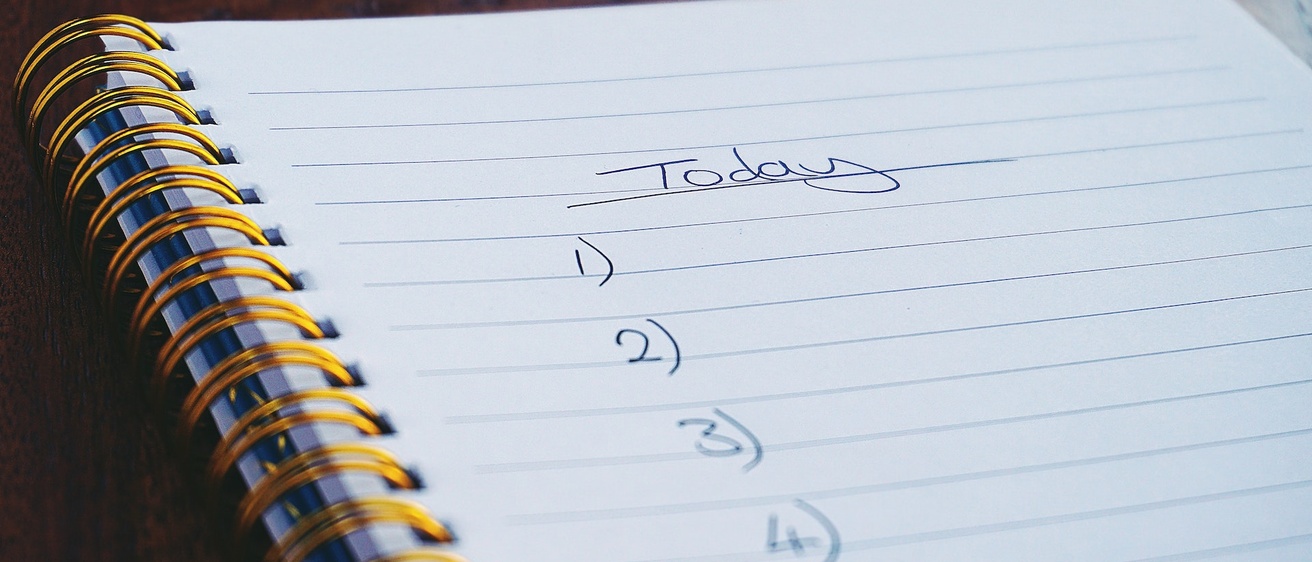In 2022, my husband and I became first-time parents. While we were overwhelmed with joy and excitement when welcoming our son into the world, we learned quickly that we were not immune to the juggling act of being full-time working parents.
The increased mental load of trying to be the best parent, spouse, employee, dog parent, family member, and friend while trying to make time to care for myself was exhausting. Despite our best attempts to prioritize our own health and well-being, many of us are challenged by this, given significant responsibilities, long to-do lists, and other barriers.
According to 2022 University of Iowa Personal Health Assessment data, about 60% of employees report stress from feeling like they have too much to do and not enough time.
Being a certified health coach, I decided to lean into my knowledge and practice what I coach using the “science of habits.” I needed to find a way to make well-being fit my new circumstances. Not only have I found ways to care for myself among the chaos, but I realized that when I do, I am a better parent to my son and more engaged in all the other roles I play.
If you are navigating challenges and feel like you don’t have the time or energy to care for yourself, it is possible to prioritize your own well-being using the science of small habits.
So, how do you get started? The answer is not with motivation.
According to expert BJ Fogg, author and behavior scientist at Stanford University, motivation is like a wave. It peaks and then it crashes. Motivation helps us figure out what we want to change, but it is unreliable. Using the steps of behavior design from Fogg’s book, Tiny Habits: The Small Changes That Change Everything, you can create a plan for automatically inserting well-being into your daily routine.
- Clarify your aspirations. What are you motivated to work on? What is meaningful to you? These are typically your desired outcomes that result from behavior change such as “I want to reduce stress,” “I want to feel energized,” “I want to eat healthy,” or “I want to be active.”
- Explore habits that lead to your aspirations. Several small behaviors and habits contribute to your aspirations. Think of all the possibilities even if they don’t seem realistic. For example, if I want to have more energy, some behaviors I consider are staying hydrated, limiting social media at night, taking a mental break, or moving my body.
- Match with habits that align with your motivation (Do you want to do it?), ability (Is this convenient and easy to do?), and outcomes you want. Here is where you consider the options and narrow them down to the ones that seem right for you. Do these behaviors match the identity of the person you want to become, and do they make you feel good?
- Scale back these habits to tiny versions. No starting point is too small. Make it so small that it requires little motivation. It might seem silly, but it works. For example, “I will take two deep breaths.” Take advantage of tools and resources to help you build your skills (see UI resources below).
- Create your prompts using existing routines and your environment. Use an existing daily habit or routine as your prompt for a new habit you are practicing. For example, “When I brush my teeth before bed, I will think of three things for which I am grateful.” Change your environment to make your habits easier. For example, put whole fruit in a basket on your table or in the fridge at eye level for grab-and-go healthy snacks.
- Practice and experiment. Think of this process as an experiment. You are learning what works best for you. Most design experts must go through several versions before they reach their final product. Think consistency, not intensity or perfection. You can always do more or change things as you increase your skills and your confidence.
- Celebrate your success. You may have heard that repetition is the most important thing for making habits. While practice helps you fine tune what works, emotions create habits. “People change by feeling good, not by feeling bad,” Fogg writes in his book. Have compassion and kindness for yourself for what you are able to do. Celebrate your progress.
- Something is always better than nothing. Personally, this has been the most important step in designing my habits. Being able to give myself grace and feel good about what I can do with the time and circumstances I have makes it easier to create positive emotions and keep moving forward.
The University of Iowa has resources to provide additional support as you care for yourself and others.
- liveWELLHealth Coach Service: Certified health coaches provide confidential accountability and support to help you make meaningful changes for your health and well-being. Request an appointment here.
- UI Employee Assistance Program: Licensed mental health counselors provide confidential, short-term counseling services to employees and their families. Call 319-335-2085 or email eaphelp@uiowa.edu to schedule an appointment.
- UI Family Services: Access information and resources such as financial consultations, elder caregiving resources, and back up childcare.
Citations
- liveWELL 2022 Annual Report
- Fogg, BJ. (2020). Tiny Habits: The Small Changes that Change Everything. Mariner Books.
